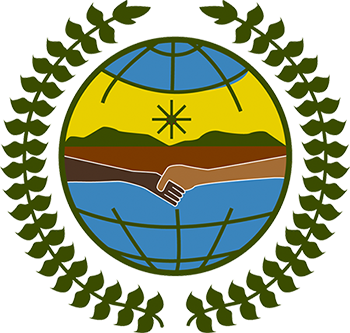Addressee: Member states
Furthermore, States should strengthen measures, systems and resources to effectively address all forms of violence against indigenous women, such as female genital mutilation; child marriage; sexual abuse; forced labour; modern slavery; domestic, institutional and political violence, including in the context of forced displacement; sexual exploitation; trafficking; armed conflict; and the militarization of indigenous lands and territories.
Addressee: UN system, States/Government
Redefining the Millennium Development Goals provides an opportunity to incorporate into the Goals the concerns of indigenous peoples, particularly indigenous women. The Goals offer a strategic framework within which to fully integrate the goals of the Platform for Action, which provides an important human rights-based approach to the development agenda for achieving gender equality and the empowerment of women, including indigenous women.
Addressee: PAHO, WHO
In the context of the implementation of the Policy on Ethnicity and Health, adopted by the executive committee of the Pan American Health Organization (PAHO) in 2017 (CE160.R11), the Permanent Forum invites PAHO and the World Health Organization (WHO) to collaborate with health institutions and policymakers to address issues related to indigenous maternal health, including the practice of indigenous midwifery. It recommends that PAHO prepare a study on the advancements in indigenous maternal health, including best practices used by indigenous midwives and supportive organizations. The Forum invites PAHO to submit the report by 2020.
Addressee: UNICEF
The Permanent Forum requests that UNICEF, when completing its strategic policy framework on indigenous peoples, include indigenous youth in the design of the policy. In addition, particular attention is needed to reflect the diversity among indigenous children and to focus on vulnerable groups, such as victims of human trafficking and child pornography, as well as groups facing manifold discrimination based on gender, disability or sexual orientation.

 Welcome to the United Nations
Welcome to the United Nations